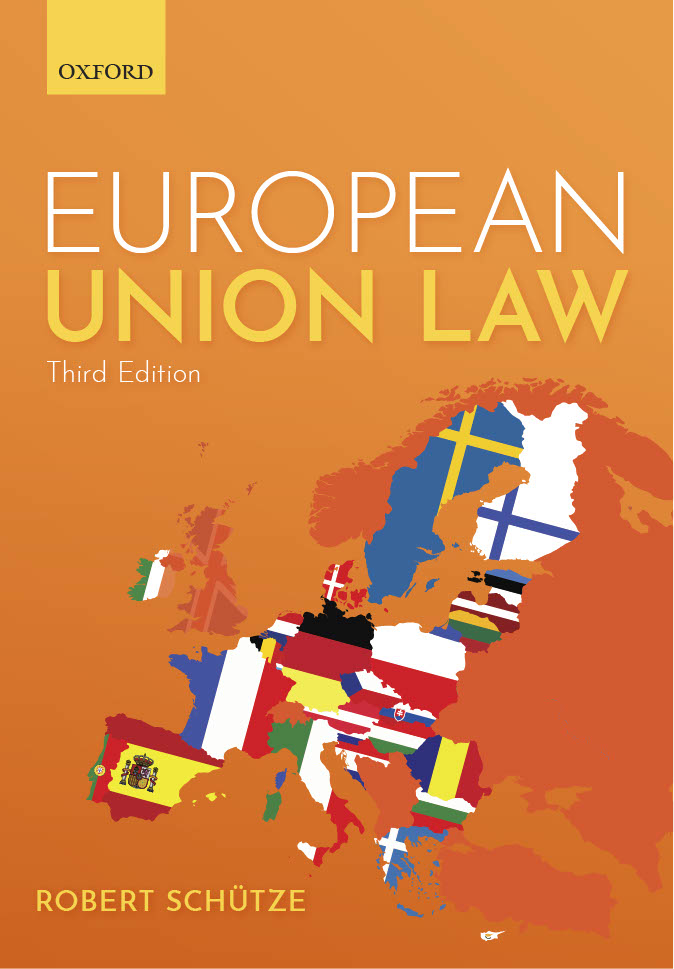These revision charts are useful for a general overview of how you are advised to approach problem questions. However, these are not intended to give you a full understanding on the matter. You should always read the textbook and relevant authorities to ensure you do your best in a problem question. Any references made to R Schütze, European Union Law (2nd edn) CUP 2018 will henceforth be referenced as ‘Textbook’.
